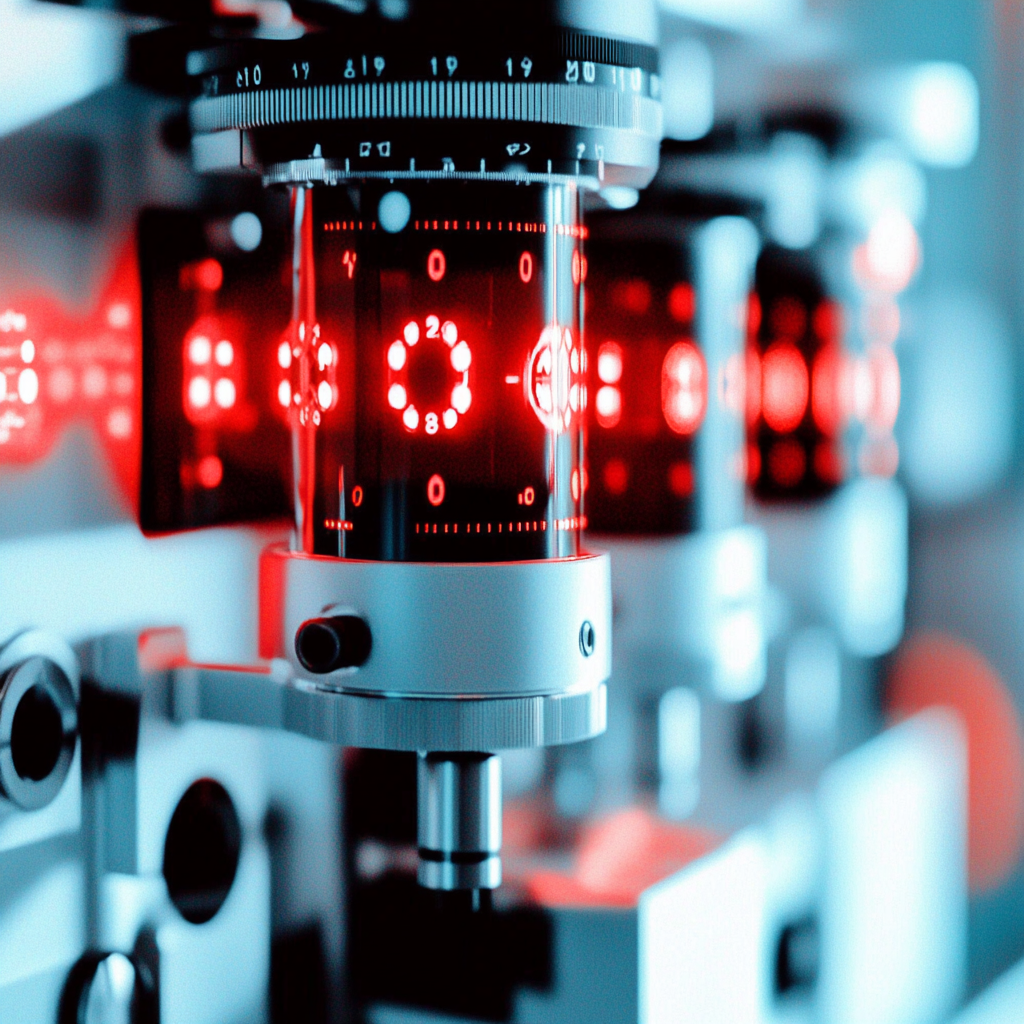Zhonghua Yi Xue Za Zhi. 2025 Oct 21;105(38):3407-3414. doi: 10.3760/cma.j.cn112137-20250814-02079.
ABSTRACT
Objective: To examine the effects of two complete habituation training programs onsubjective and objective indicators in college students with motion sickness (MSD) and visually induced motion sickness (VIMSD). Methods: A randomized controlled trial was conducted. A total of 92 college students diagnosed with MSD/VIMSD, recruited from December 2023 to June 2024, were randomized into an electric rotating chair group and an optokinetic drum rotating chair group. Both groups underwent a 28-day comprehensive habituation training program (7 days of electric/optokinetic drum rotating chair training, 14 days of four-pole swing training, and 7 days of «sky-earth rotation» balance exercises). Graybiel scores, sympathetic nervous system indicators [skin conductance response (SCR), etc.], autonomic nervous function indicators [root mean square of successive RR interval differences (rMSSD), etc], heart rate (HR), and other objective/subjective parameters (9 indicators) were recorded and analyzed before training, and one day, eight weeks and 12 weeks post-training. General demographic data were recorded for both groups. Within-and between-group differences were analyzed using parametric (paired/independent t-tests) or nonparametric tests (Wilcoxon/K-S tests), respectively. Intergroup differences across different follow-up time points were assessed by generalized estimating equations. Results: A total of 92 college students with MSD/VIMSD were enrolled, including 40 males and 52 females with a median age of 22 years (IQR: 20-23). Forty-six participants were assigned to the electric rotating chair group and 46 to the optokinetic drum rotating chair group. On day one post-training, Graybiel scores significantly decreased in both groups (all P<0.001), with a greater reduction observed in the electric rotating chair group [14 (8, 18) points vs 8 (0, 16) points, P=0.028]. Physiological results showed that the electric rotating chair group demonstrated superior improvements in sympathetic nervous system indicators (all P<0.05). The optokinetic drum rotating chair group exhibited better regulation of autonomic nervous function indicators (all P<0.05). With a follow-up of 12-weeks, the electric rotating chair group maintained sustained improvements in sympathetic indicators (β-range: 0.11 to 2.35, all P<0.01). The optokinetic drum group showed long-term stabilization of autonomic function parameters (β-range:-52.84 to -0.17, all P<0.01). Conclusions: Both comprehensive interventions significantly alleviate MSD/VIMSD symptoms, with effects sustained for 12 weeks. The electric rotating chair group is more effective in reducing sympathetic nerve activation, while the optokinetic drum rotating chair group demonstrates superior regulation of autonomic nervous balance, providing evidence for personalized therapeutic strategies.
PMID:41139621 | DOI:10.3760/cma.j.cn112137-20250814-02079
